By Victoria Dickenson, Professor of Practice, McGill Library
This project was funded by Insight Development Program at Social Sciences and Humanities Research Council (SSHRC).
Overview
The Taylor White Research Project focused on the documentation and analysis of a unique “paper museum” commissioned over a period of nearly forty years in the mid-18th century by British jurist Taylor White (1701-1772). The visual material is exceptional – 938 never published watercolour illustrations of animals, birds, reptiles, and fish, accompanied by original observations written on the images themselves and in White’s over 700 manuscript notes, acquired by Casey Wood almost a century ago, and housed in the wonderful Blacker Wood Natural History Collection at McGill Library.
The Project provided a remarkable opportunity to work with a largely undocumented collection of rare and important 18th-century materials. White collected his paintings and made his notes at a time when the great literature of scientific classification was being created. He was a fellow of the Royal Society and in correspondence with Joseph Banks, Thomas Pennant, Hans Sloane and other luminaries of the British scientific community of the period. His collections were known and appreciated by numerous scientific travelers, and he engaged some of the greatest natural history artists of his day to document his collections. Despite his associations and the reach of his network, he remained a largely unknown figure in the history of natural history (though his work as a Trustee of the Foundling Hospital was known). This project has not only restored White to a position in the world of 18th-century science and collecting, but also provided accessibility to a collection hitherto little used and little studied.
The Team & Process
The Project brought together a strong team of students, both graduate and undergraduate, who stayed with the project over two years. Their work in documenting and researching the collection under the supervision of the Project Lead, Victoria Dickenson, McGill librarians Lauren Williams and Jennifer Garland, and invited external scholars from the Redpath Museum and Queens University was extraordinary. The project teams undertook a detailed catalogue of the White collection paintings and manuscript notes, including all inscriptions on both recto and verso of the paintings, thanks to high-resolution digital images created by Digital Initiatives, and made accessible through McGill Archival Collections Catalogue. All manuscript notes and inscriptions were transcribed and translated, when required, from Latin to English. Researchers entered all information into metadata fields on a shared spreadsheet maintained through the McGill Library. Fields included artist, date, title, scientific name, common name, current distribution, specimen origin, collector name (where available), plus transcriptions and translation of notes. The shared spreadsheet formed the basis for the catalogue information now available on the McGill Archival Collections Catalogue to humanities scholars and scientists worldwide, enlarging the materials available for the study of natural history in the 18th century. As White insisted the birds and animals be painted where possible to size of life and in full colour, researchers were able to identify the subjects by contemporary common and scientific binomial names, making the collection relevant and accessible to scientists working with the legacy literature of natural history. The legacy literature of natural history is increasingly used by scientists seeking to understand long-term impact of environmental change. Biologists have already used images in the Taylor White collection to investigate local extirpations in Caribbean species in the 18th century. Art historians now have access a larger body of work by White’s animal painters, Charles Collins and Peter Paillou, who have to date been lesser known. The Taylor White collection also offers rich materials for understanding the colonial nature of natural history and has already furnished materials on connections to the slave trade and Indigenous collaborations with European collectors, presented both in a McGill Library exhibition in 2020, and in published papers and conference reports.
Outreach & Engagement: Website, Talks, Publications & More
The teams of students and scholars in history of natural history, biology, art history and information studies produced a public website, which includes student essays, a diagram of White’s network, a re-creation of his library, a timeline of White’s life, specimens distribution map, plus access to the collections by volume. The website is linked to the McGill Archival Collections Catalogue. The research team also collaborated on a public exhibition in Montreal at the McGill Library – Fantastic Beasts and Where to Find Them at McGill – which opened in February 2020.
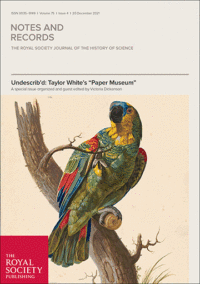
Students and invited scholars also participated in a research seminar and in public talks in April 2019. The research collaboration resulted in a suite of seven papers, including four student papers, published as a special issue of Notes and Records, The Royal Society Journal of the History of Science. The decision by the Royal Society editorial board to devote an entire issue of Notes and Records to the White collection and the work of the research team means that the collection has now become part of the international literature and database for the study of the history of natural history. This study is becomingly increasingly important in a world where understanding historic changes in environment, animal distribution and diversity, and human/nature interactions is in the forefront of academic enquiry and popular concerns. One student also published an article on the collection in the magazine Espèces, Revue d’histoire naturelle, no 37 (2020). In addition, Blacker Wood Librarian Lauren Williams and Dickenson presented a joint paper at the History of Science Society, November 2020.
The work on the Taylor White collection also brought the Blacker Wood Natural History Collection (BWC) at McGill Rare Books and Special Collections into conversation with other specialist collecting institutions, including the British Library (Prints and Drawings), the Royal Society, the National Library of Wales, and the Natural History Museum (London). The project strengthened the collaboration between the BWC and the Redpath Museum at McGill. Students in the Redpath undergraduate seminar on museums worked with the collection to identify the current scientific names of the subjects depicted.
The project also resulted not only in greater visibility for the BWC and the White collection within McGill but also in the broader community interested in the history of natural history, both through the onsite exhibition and activities, including public lectures by invited scholars like Dr. Robert Montgomerie (Queens) and Dr. Kim Sloan (British Museum), but also through the project’s online presence. The new collaborations between academic researchers and librarians has increased the use of the Blacker Wood Natural History Collection and has also resulted in greater visibility for this world-class collection.
Finally, the White family in England, with whom the project collaborated, are preparing a series of commercial products based on the White collection images, further enlarging the reach of the project.





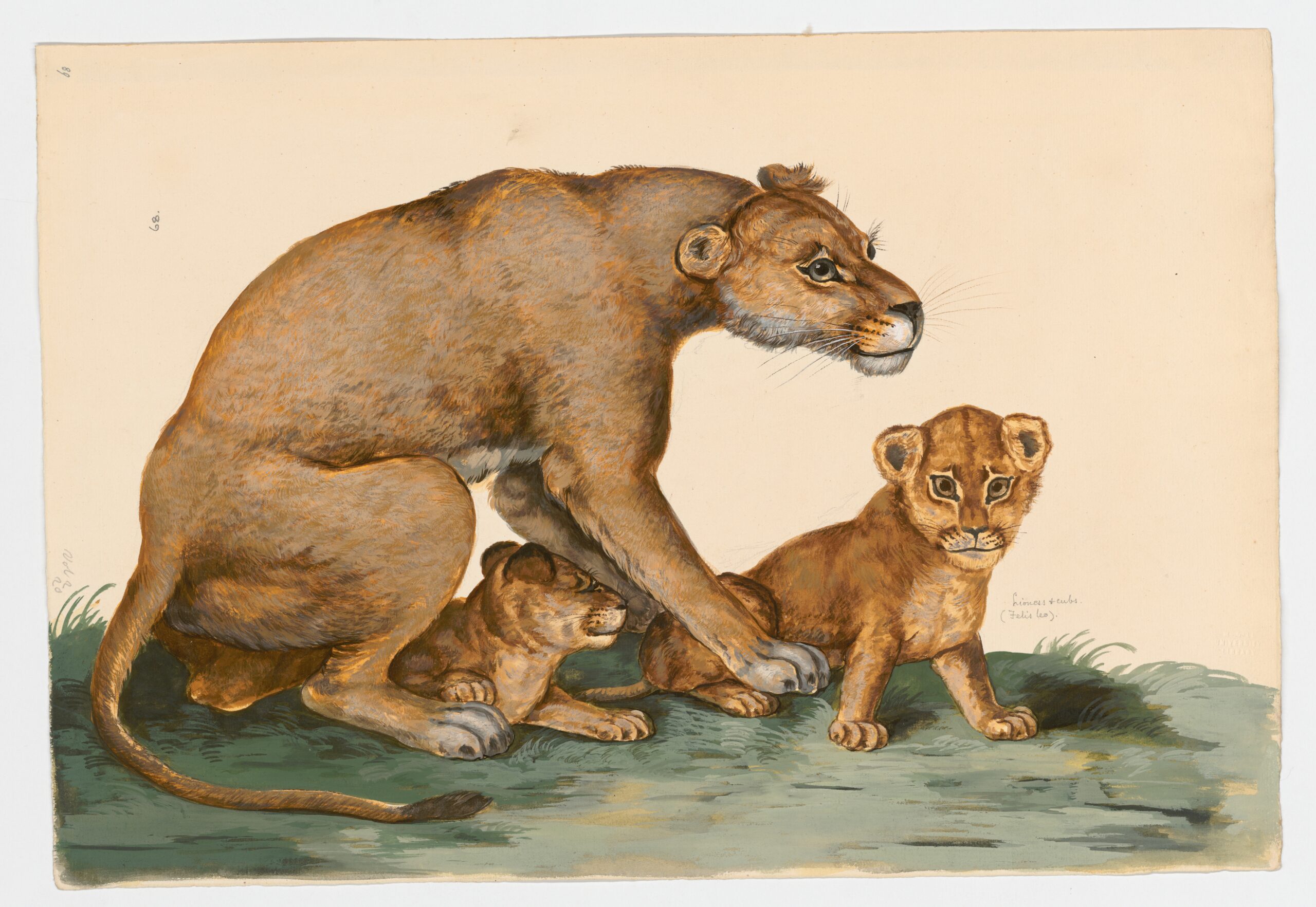
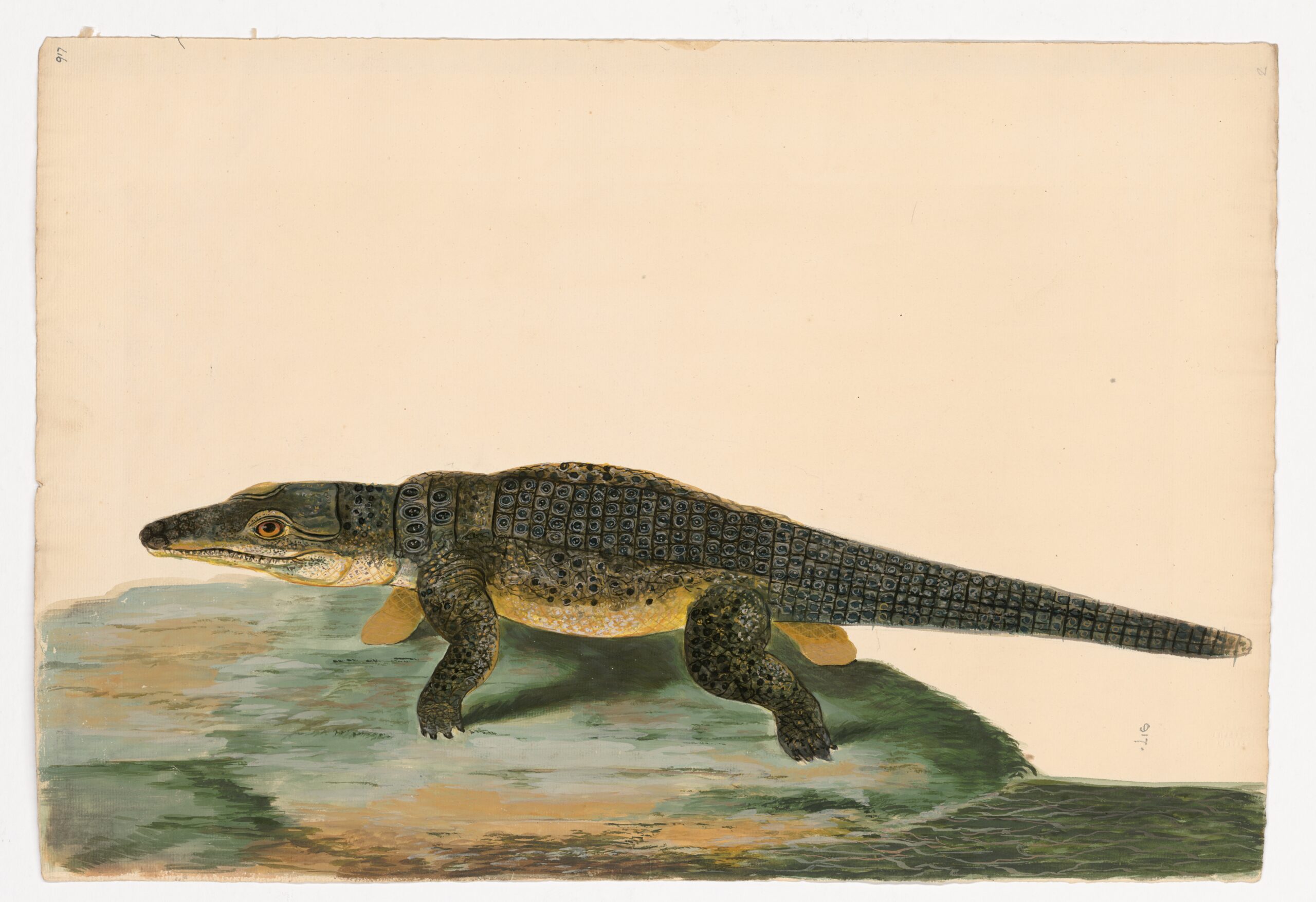
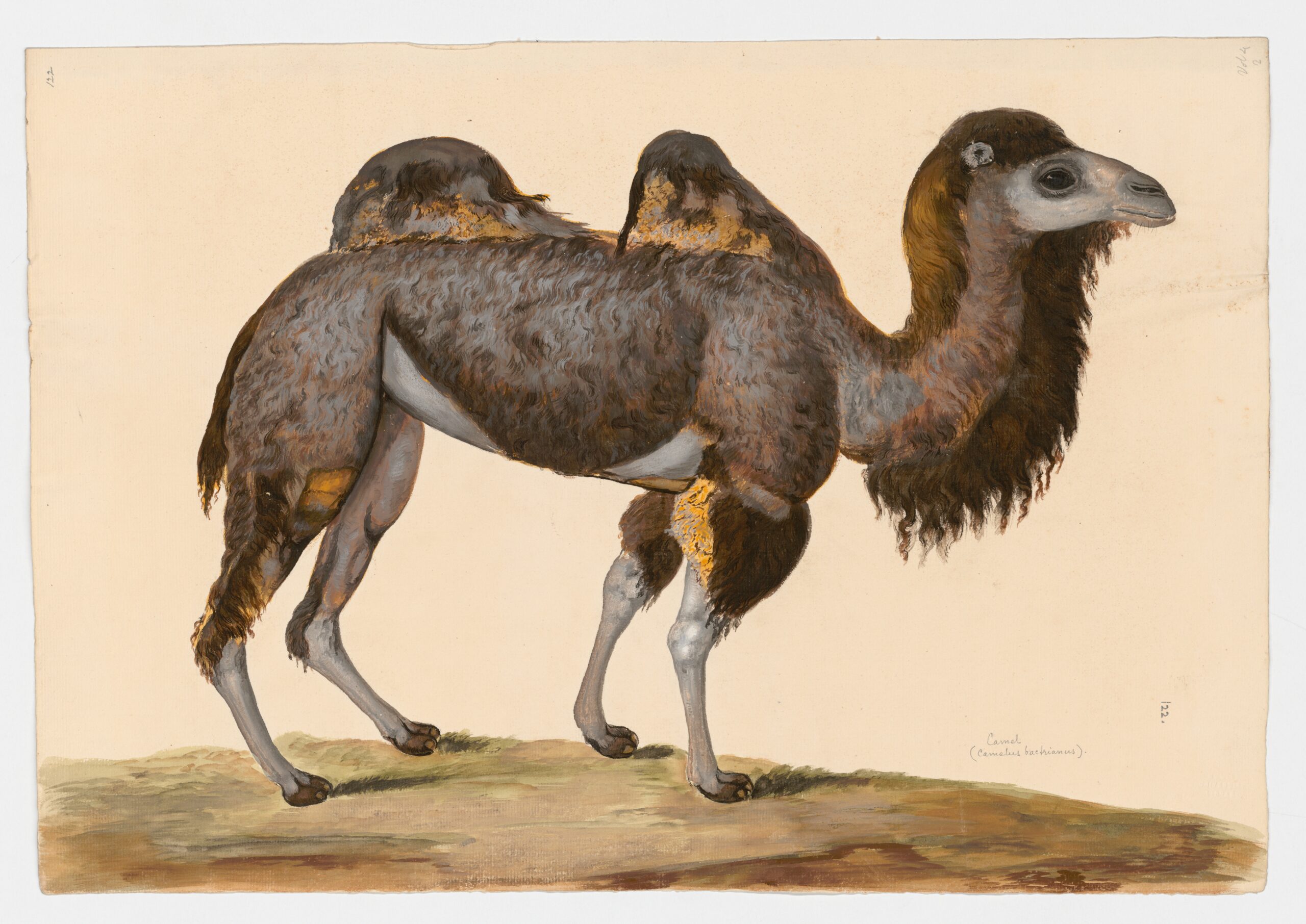
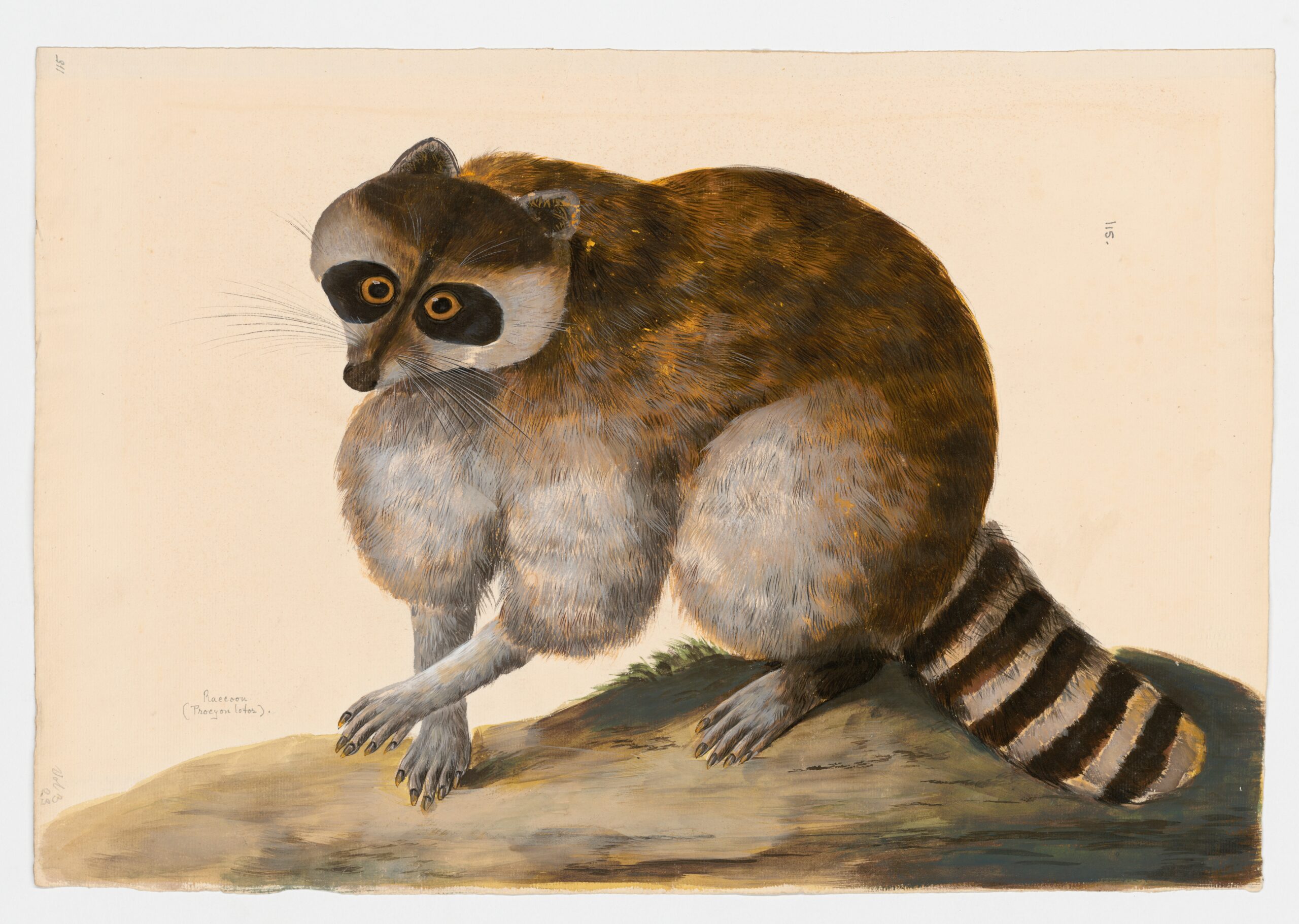
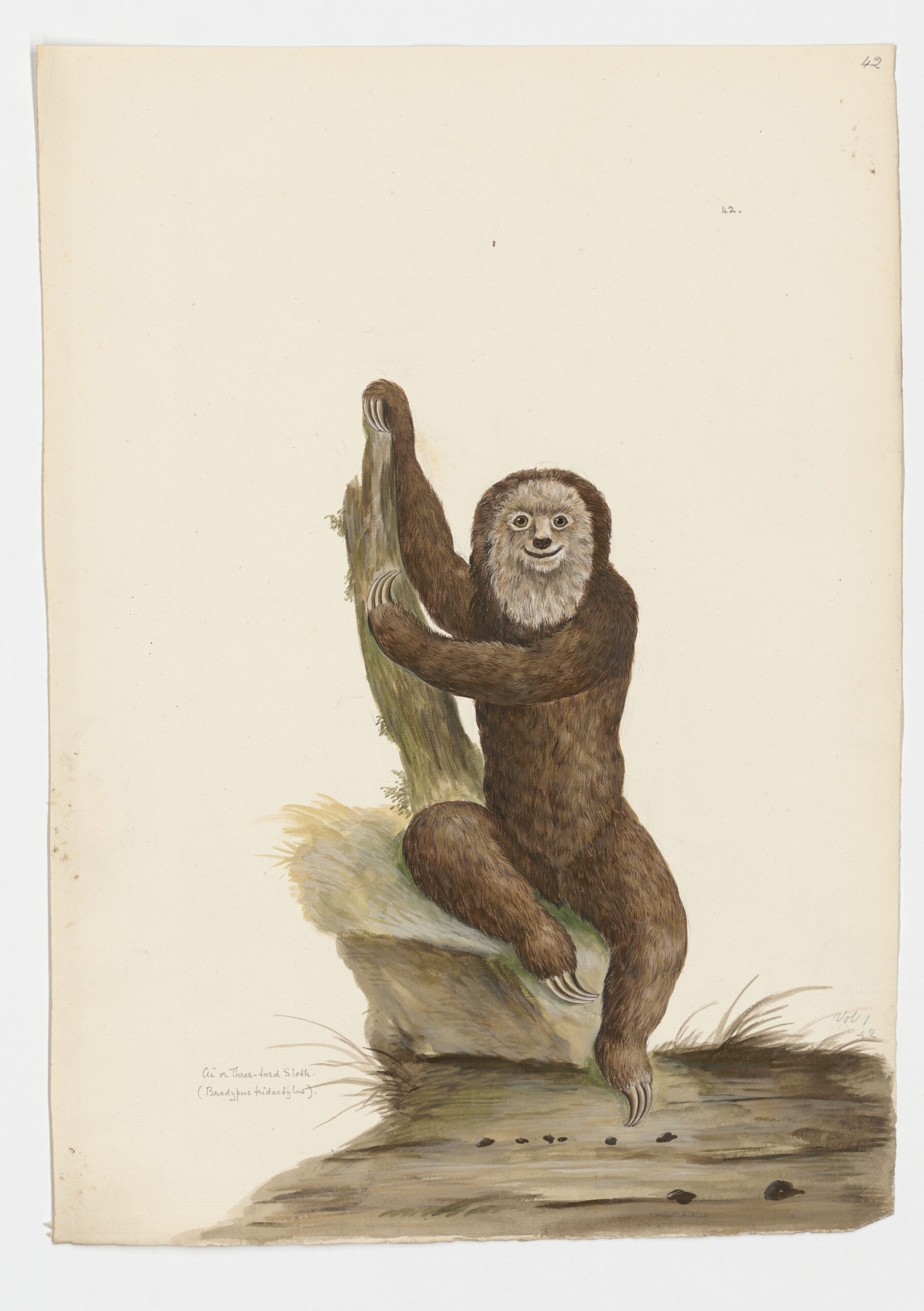

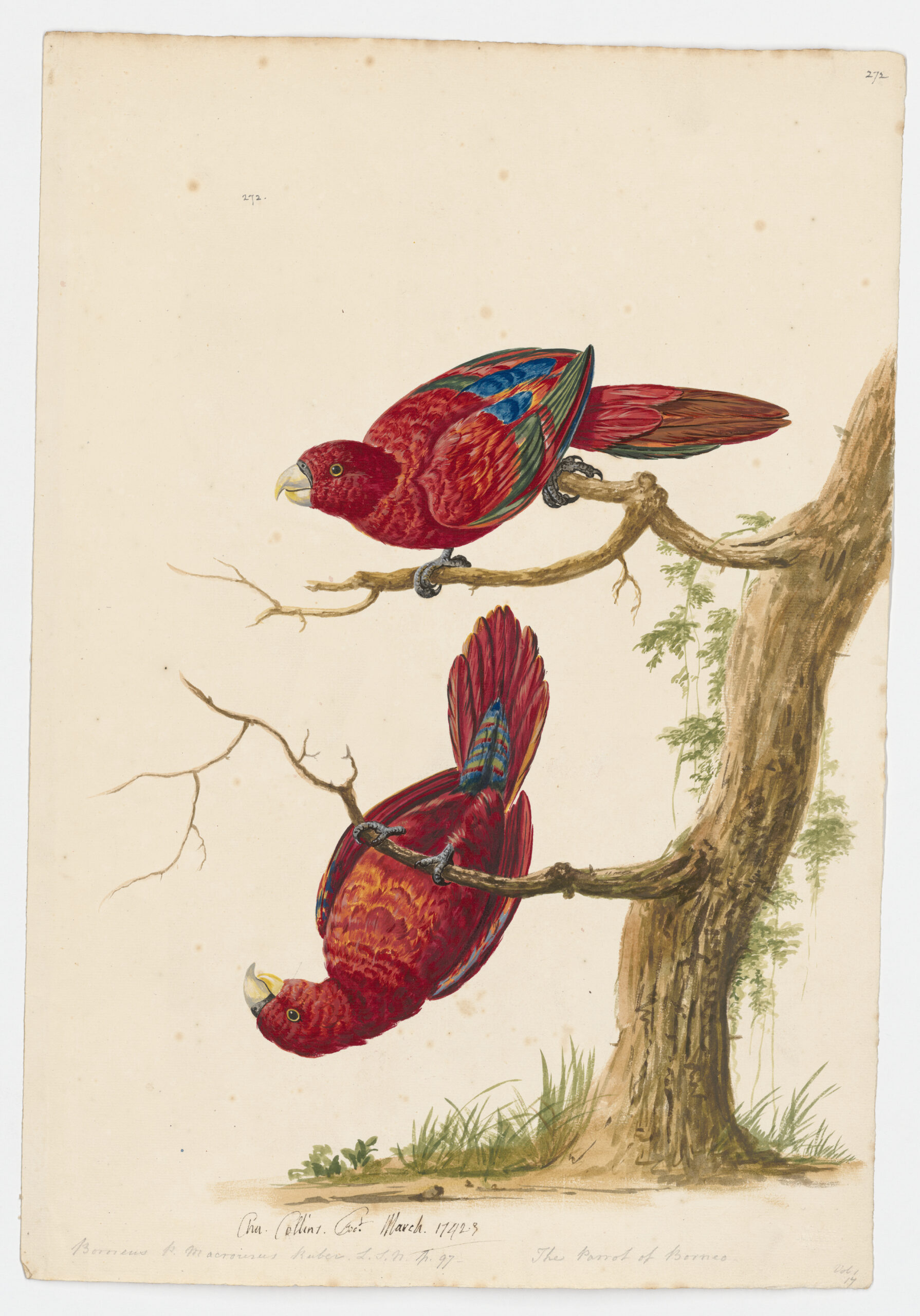
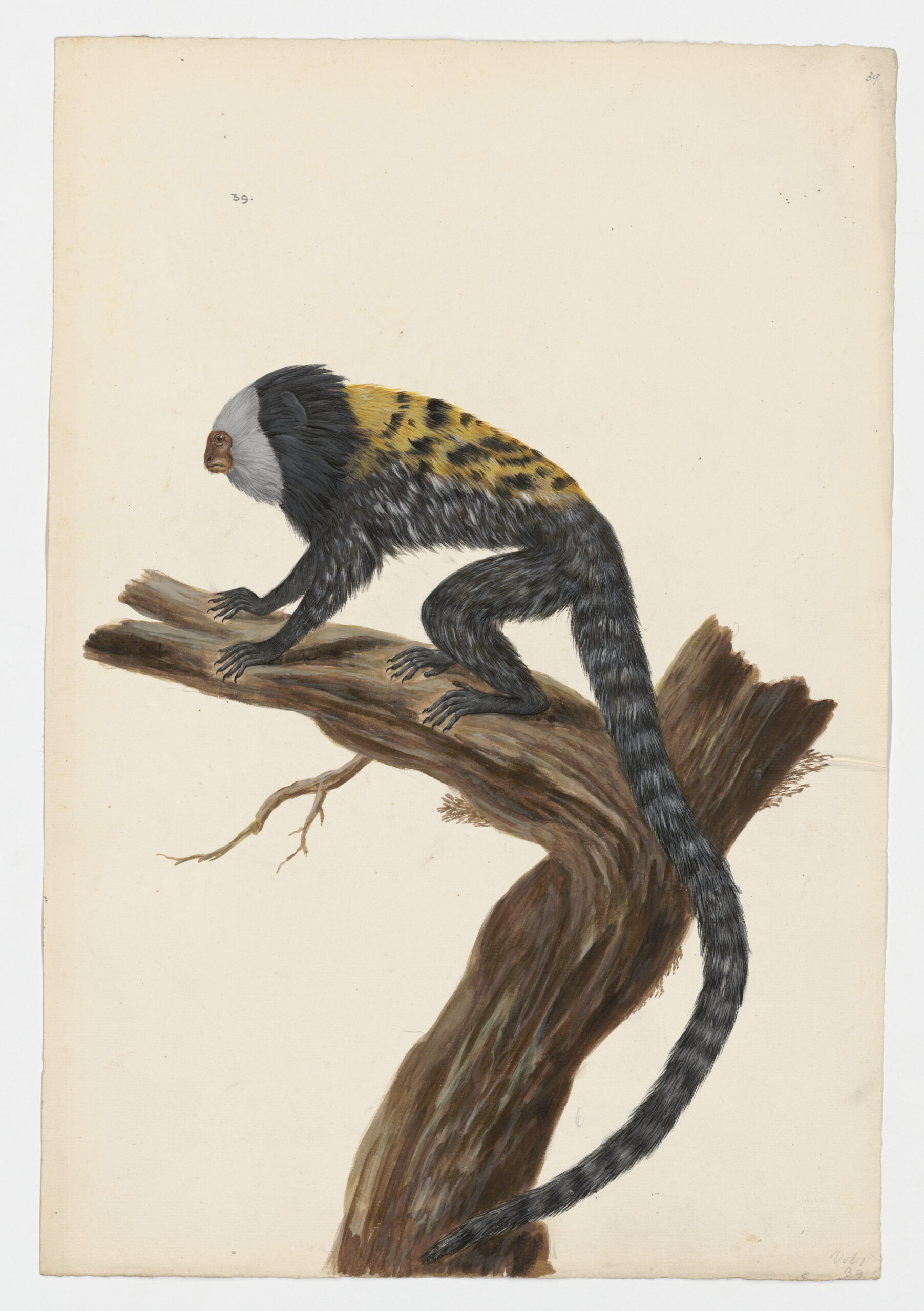

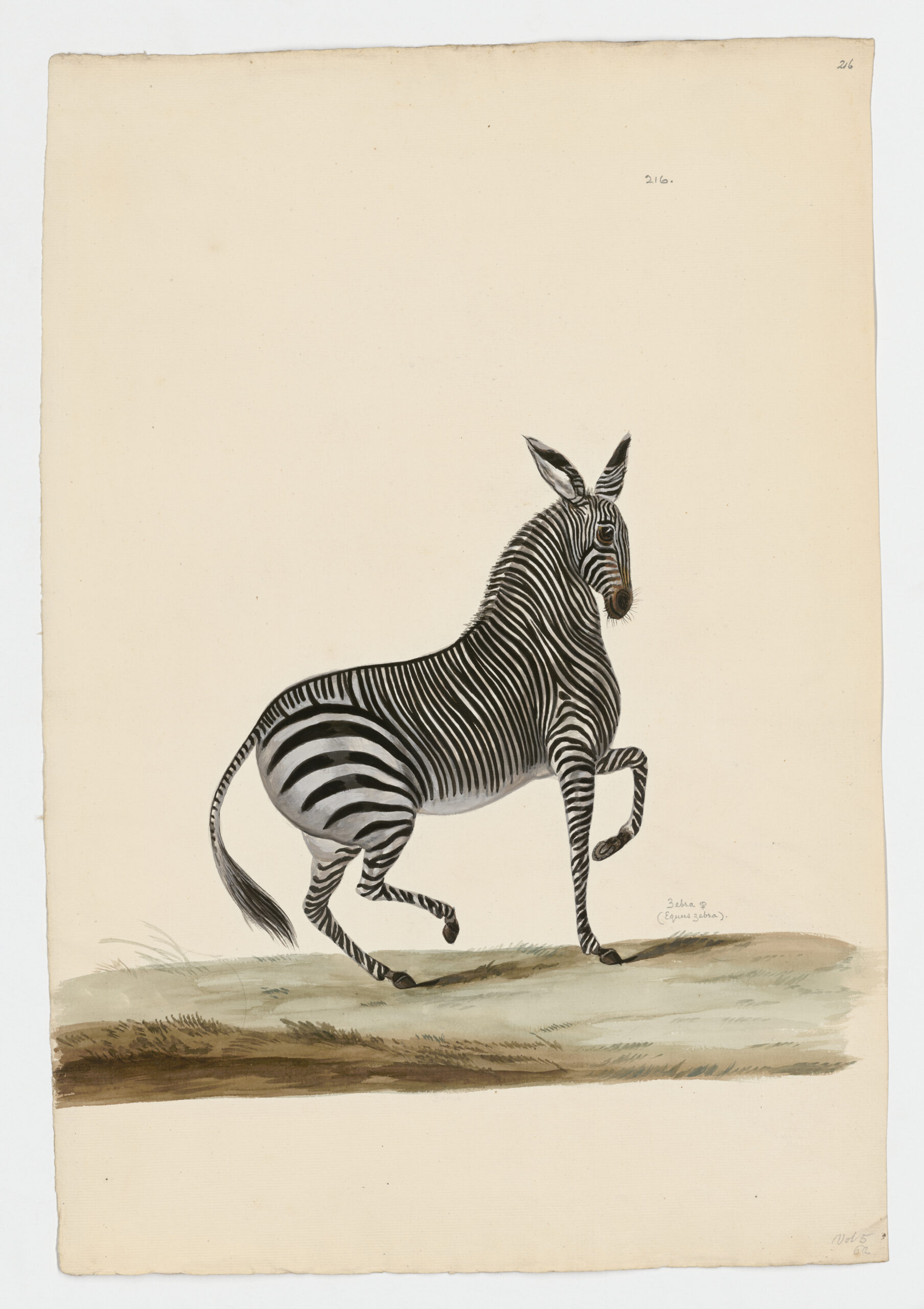
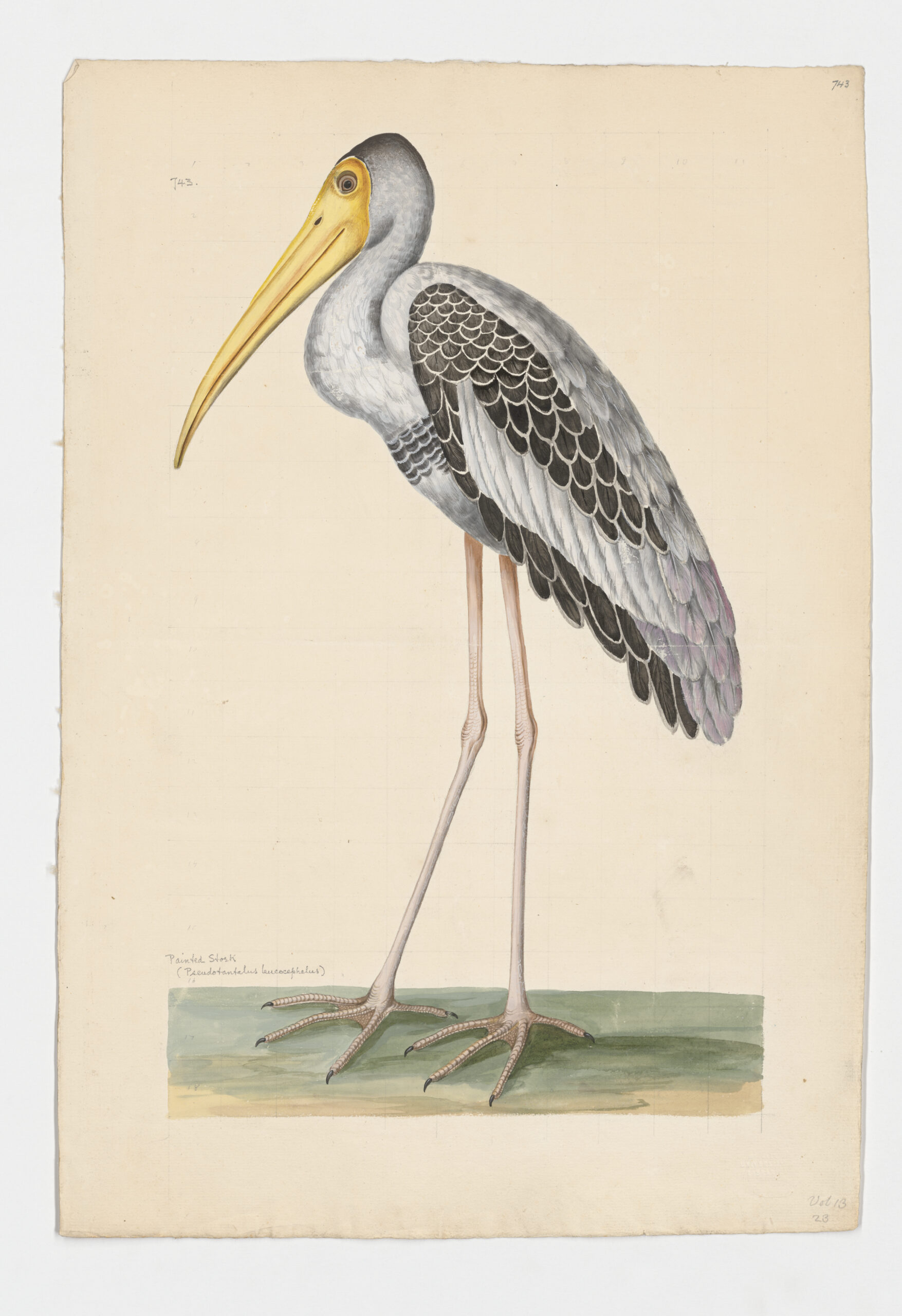
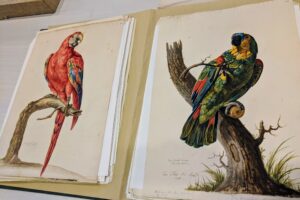










Leave a Reply
You must be logged in to post a comment.